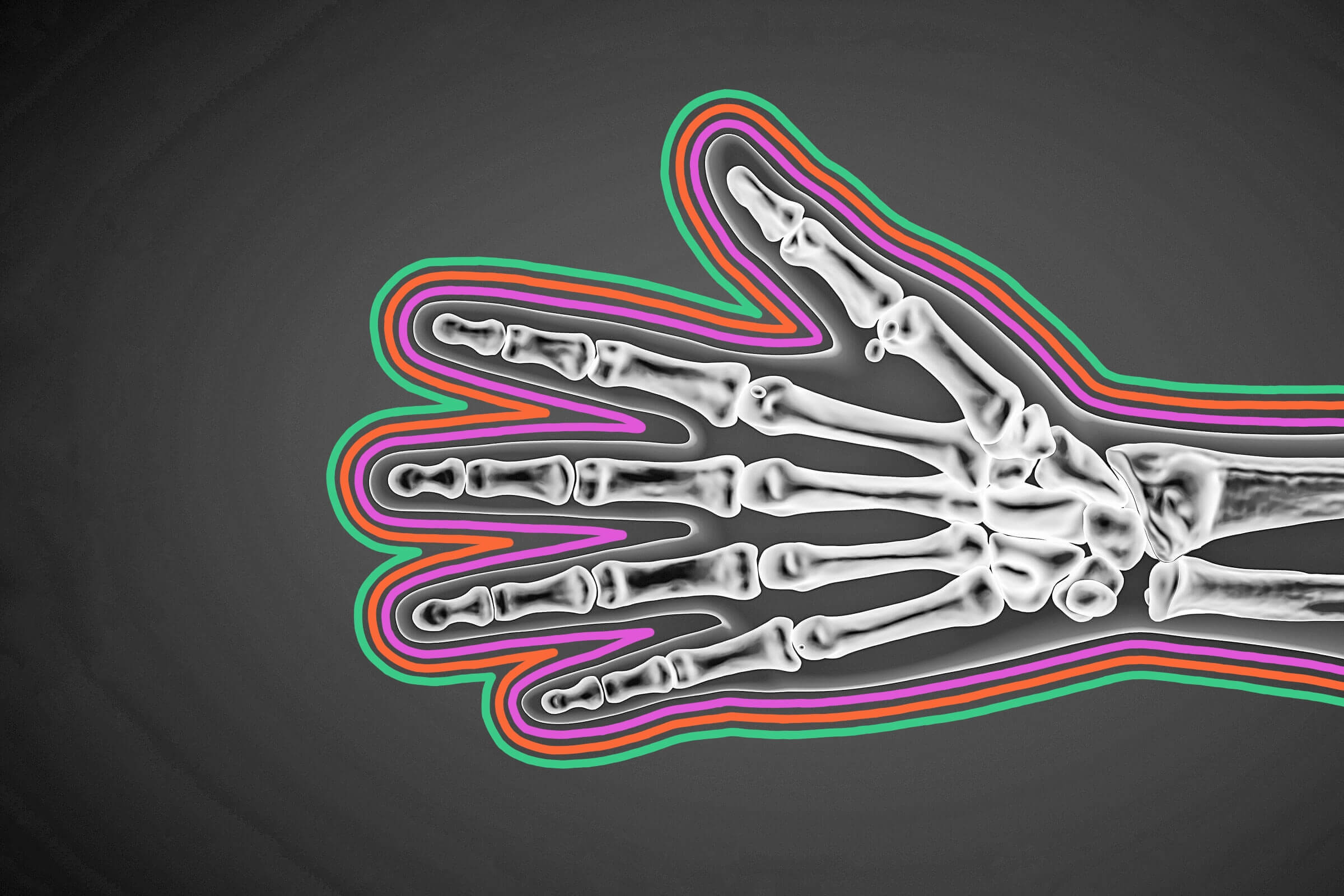| If we could track our breaths the way many people do steps or exercise, the results would be astonishing. While there's no app for that, scientists estimate that an average person takes 20,000 to 25,000 breaths over the course of 24 hours. That breaks down to between 12 and 18 breaths per minute for an adult. Children typically breathe more quickly, up to 60 breaths per minute, which tapers down to the adult rate by their teenage years. All those inhales and exhales add up, and by age 50, the average human has taken at least 400 million breaths. Each one helps fuel our bodies; oxygen is a crucial component needed for our most basic functions, like moving muscles, digesting food, and even thinking. Breathing tends to be an automatic process, but some scientists say that not everyone does it right. Mouth breathing isn't just annoying when you're sick or to those around you — it's actually inefficient for your body. Inhaling through the nose helps heat and pressurize air so that the lungs can extract oxygen efficiently, and the cilia (aka nose hairs) are able to stop particles like pollen and pollution from entering the lungs; neither job can be done by the mouth. Mouth breathing can also cause sleep apnea, snoring, and even asthma. Amazingly, it can change the structure of your face over time; children who primarily breathe through their mouths have a higher chance of having narrow mouths and misaligned teeth. | 






No comments:
Post a Comment